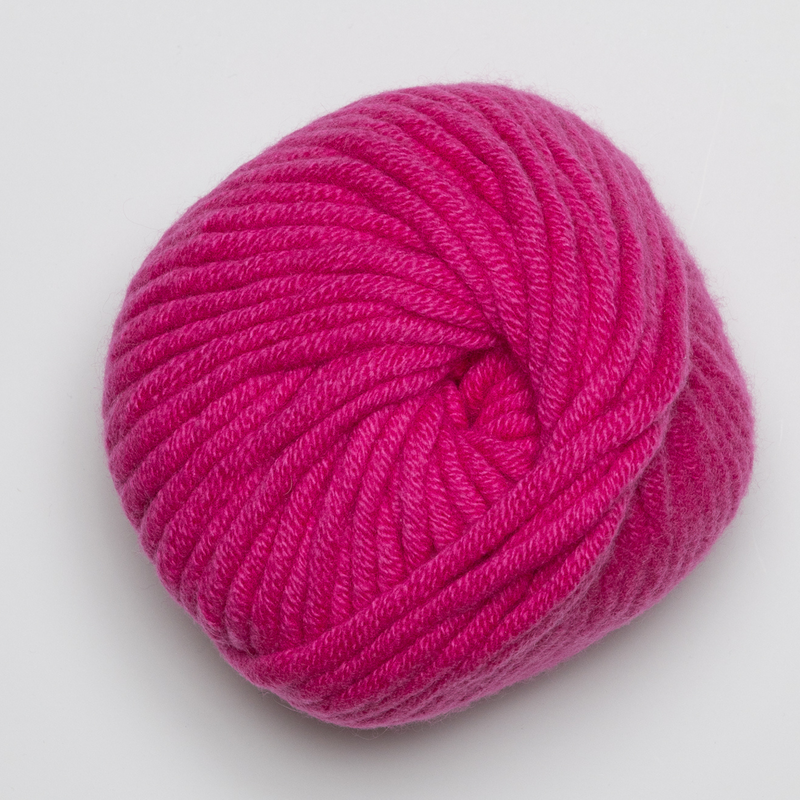What Is Cashmere? Exploring the Premium Material Loved by Fashion Experts
Discovering the Various Sorts Of Cashmere an All-natural Fiber for Ultimate Luxury
Cashmere, a natural fiber, is often connected with deluxe and convenience. Nevertheless, not all cashmere is produced equivalent. From the highly soft Mongolian selection to the lightweight warmth of Indian Pashmina, each type offers its own special attributes and allure. The much more affordable Chinese cashmere, the conventional Scottish variation, and the premium Italian mix, all inform a different story of this amazing fiber. As we unwind the globe of cashmere, a much deeper understanding of its real worth and sophistication begins to emerge.
Understanding the Glamorous Nature of Cashmere
Cashmere, commonly related to deluxe and convenience, holds a special appeal in the world of natural fibers. This soft, lightweight material is coveted for its exceptional heat and impressive longevity. Unlike various other all-natural fibers, cashmere combines insulation with breathability, providing exceptional comfort throughout differing temperature levels. Its shiny finish and soft appearance add to its premium allure, justifying the premium price that typically comes with cashmere garments. Furthermore, cashmere's fundamental crease resistance and flexibility improve its desirability, making it a recommended selection for premium clothing and devices. In spite of its delicate look, cashmere possesses a surprising strength, able to keep its shape and lavish feeling over time. This one-of-a-kind blend of characteristics seals cashmere's position as an icon of sophistication and indulgence.
Just What Is Cashmere and Where Does It Come From?

Provided these phenomenal high qualities, one may ask yourself about the origin and make-up of this luxurious fiber. Cashmere is stemmed from the soft undercoat of cashmere goats, mostly found in Mongolia, China, Iran, and Afghanistan - is cashmere a natural fiber. These goats are adapted to extreme weather problems, generating an extremely fine, soft underfur as a defense versus the bitter cold. This underfur, or undercoat, is what is collected for cashmere. Each springtime, when the goats normally shed their winter season coat, farmers brush out the great underhair, leaving the coarser hair behind. This thorough procedure contributes to the scarcity and high cost of cashmere. With its origin in the severe landscapes of Asia, cashmere is a testimony to nature's capacity to generate deluxe from adversity.
Deciphering the Different Kinds Of Cashmere
Understanding the various sorts of cashmere is crucial to valuing the high quality and special attributes of this lavish textile. Usually, cashmere is classified right into three types: raw, virgin, and recycled. Raw cashmere is straight gotten from the goat and is unrefined. This type frequently includes impurities such as dust and crude hair. Virgin cashmere, on the various other hand, is the pure, unrecycled material that is spun right into yarn for the initial time. It is the softest and most extravagant. Lastly, Get More Information recycled cashmere is made from virgin material that has been formerly utilized. It is re-spun and used in generating lower-cost cashmere items. Decoding these kinds is the primary step in understanding the exclusivity and worth of cashmere.

The Special Features of Each Sort Of Cashmere
Having actually explored the various categories of cashmere, it comes to be obvious that each kind boasts its one-of-a-kind set of features. Mongolian cashmere, for YOURURL.com instance, is renowned for its premium high quality, due to Mongolia's rough winter seasons that generate longer and finer fibers. On the other hand, Chinese cashmere is often a lot more inexpensive, though its much shorter fibers can reduce toughness.
Why Cashmere Is the Epitome of High-end in vogue
Cashmere holds a well-regarded placement in the globe of style, related to as a sign of high-end and class (is cashmere a natural fiber). Cashmere is obtained from the fine undercoat of Himalayan goats, known for their superior quality fiber. Cashmere's unparalleled convenience and longevity make it a desired product in the creation of premium garments.
The Refine of Making Cashmere: From Goat to Garment
The trip of cashmere, from being an undercoat of a Himalayan goat to a luxurious garment, is an intricate one. With the arrival of springtime, farmers in Mongolia and China gather the wool by brushing the goats, making sure no damage is done. The acquired woollen includes coarse external hair and soft downy undercoat. This blend is then fastidiously separated, with only the soft down made use of for cashmere. This raw cashmere is washed, colored and rotated into thread. The yarn is then woven or weaved into fabrics. The last step entails washing and pushing to provide the fabric its particular gentleness and heat. From goat to garment, each step is a testimony to the perseverance, creativity and ability included in crafting cashmere.

Conclusion
In conclusion, cashmere, with its all-natural sophistication and unequaled comfort, preponderates on the planet of high-end fashion. The variety in types, varying from the soft Mongolian, light-weight Indian Pashmina, budget-friendly Chinese, conventional Scottish, to the colorful Italian, exposes the flexibility of this all-natural fiber. The scrupulous process of changing it from a goat to a garment further includes to its exclusivity, making cashmere the epitome of sophistication and high-end.
Cashmere, a natural fiber, is usually connected with deluxe and comfort (is cashmere a natural fiber).Cashmere, often linked with luxury and comfort, holds a special attraction in the world of all-natural fibers. Unlike other site all-natural fibers, cashmere combines insulation with breathability, providing unparalleled convenience throughout varying temperature levels. Cashmere is obtained from the soft undercoat of cashmere goats, largely found in Mongolia, China, Iran, and Afghanistan. Cashmere is acquired from the fine undercoat of Himalayan goats, understood for their superior high quality fiber